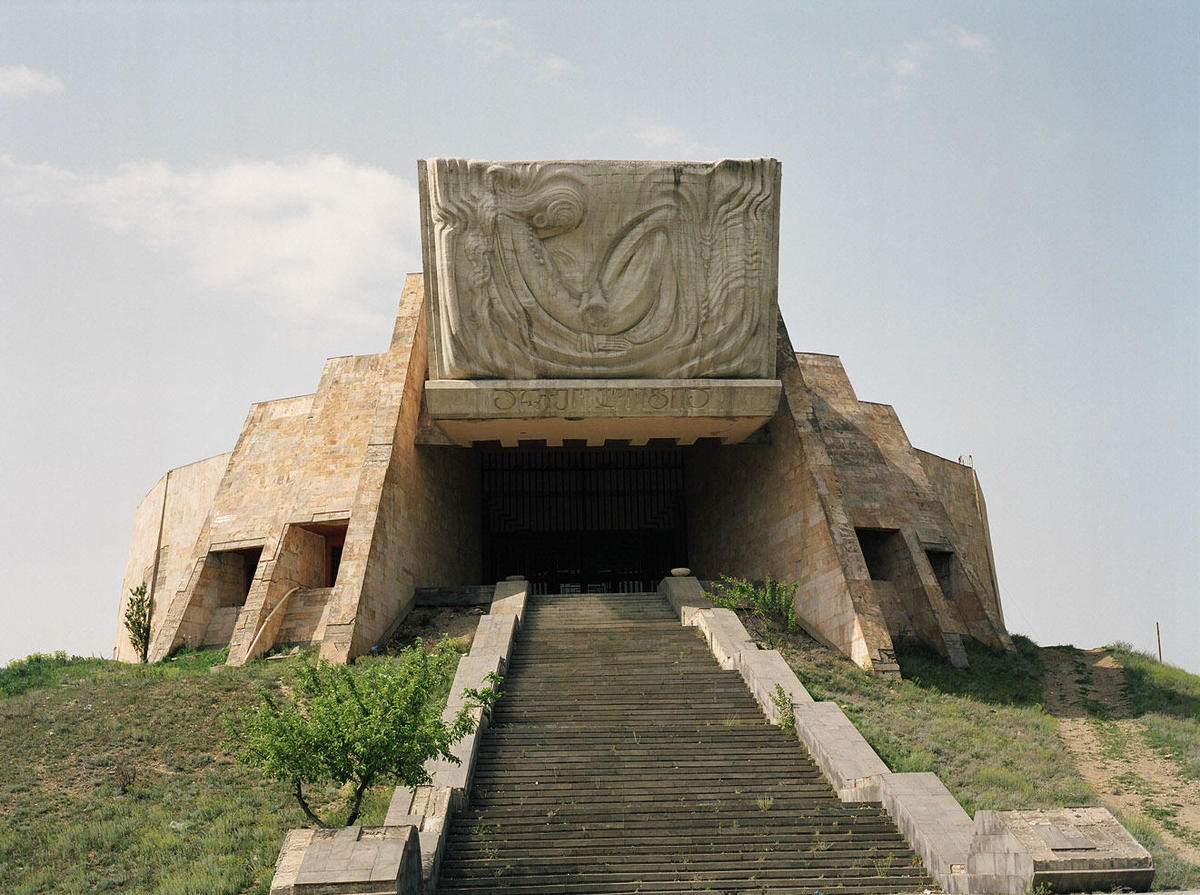
“If history is written by the victors, will the future be written by the defeated?”
—Slavs & Tartars
It began as a love story. An Iranian raised in Texas and living in Moscow meets a Pole who lives in London. As with the best romances, they meet at a barbecue in Paris. They fall in love, and it is terribly passionate. He is a sort of polymath who has studied Russian literature and architectural theory. She is a graphic designer. They collaborate on a project or two — the kind that mixes art and politics, art and design, highbrow and low, and everything in between — but eventually break up over the question of what to name their first child (he insists on Genghis, she will not have it).
The Pole moves to Holland to attend a prestigious design academy, Dexter Sinister went there, too, and meets a man of Belgian and American extraction — he is also a designer — named Boy. (His middle name is Wyatt.) The Pole and Boy begin to date. They fall in love. Then, strangely, they get together with the Iranian (a chaste threesome), and they begin to produce work together. They baptize themselves “Slavs and Tatars,” evoking regions and peoples that span from Berlin to Beijing. Like a bastard love child between Claire Fontaine and the SHAHRZAD Collective, their work assumes myriad forms, from books to posters to pamphlets to T-shirts. Their concerns are wide-ranging and occasionally somewhat vague. It is that vagueness, that pleasantly exotic whiff of je ne sais quoi that is precisely the point.
I first heard about Slavs and Tatars from a guy named Payam Sharifi. I received an email from him about an exhibition that his mother, a photographer, was taking part in. I thought a young man pushing his mother’s artwork was awesome. A year or so later, walking an oppressively grey Berlin street, the kind full of depressingly under-sunned artist boys with cultivated chin-hairs, I saw a T-shirt — I think it was pink — with the words “LES ANTIMODERNES” across the front. The shirt was an S&T production, a commission for the Parisian boutique Colette. Some months later, at last year’s overcrowded but sweet New York Art Book Fair, I stumbled across a publication called I Still See Communism Everywhere. It was a ponderous little pamphlet written on the occasion of the twenty-fifth anniversary of Iran’s Islamic Revolution. A few entries made me giggle, including one wondering why Iranian monuments so often take the form of livestock, another that meditated on Iran’s curious “self-colonization” (Iranians famously love the West), and another that urged Iran to join Central Asia (“companies rebrand all the time, why not countries?”).
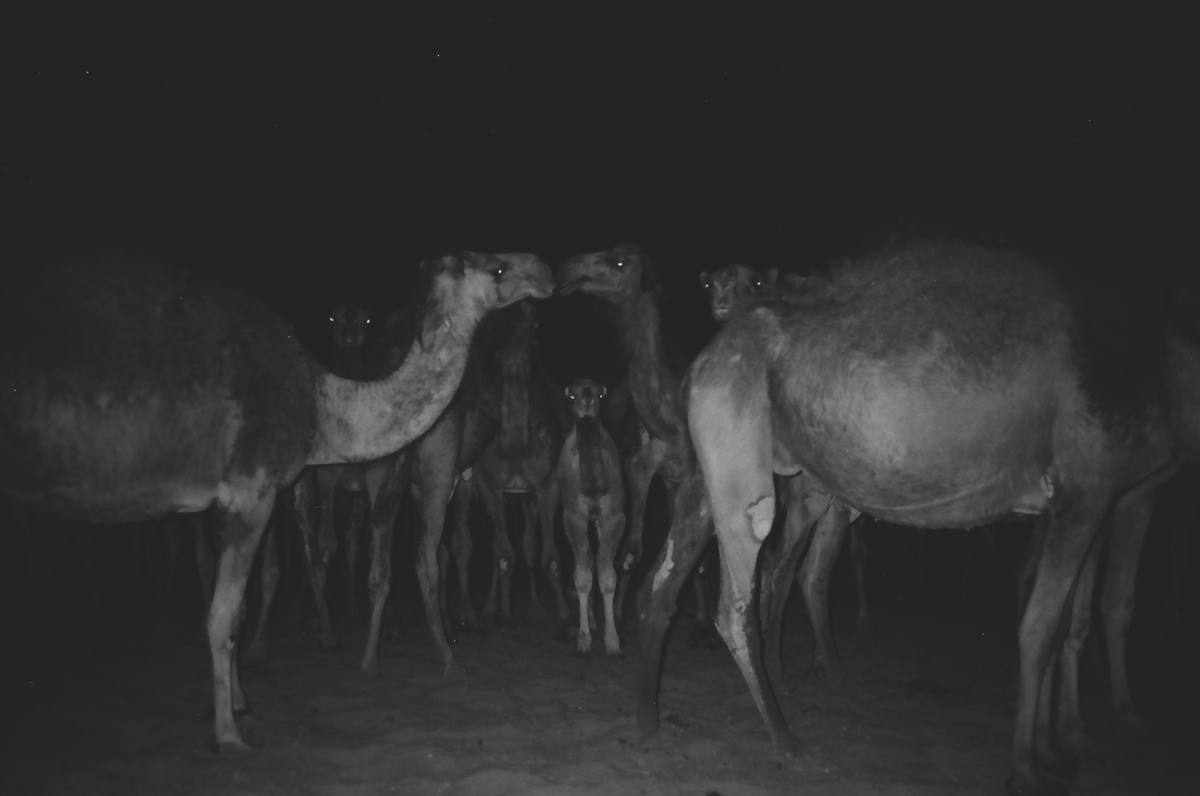
“It took a long time to decide on Slavs and Tatars,” says Kasia. Kasia Korczak is the Pole. She has bangs that look like they have been trimmed with a hacksaw and a flat voice that’s sexy in a 007 way. “We started out with ‘The Slavs,’” she reflects. “But then that sounded too much like a band. Names are really, really hard.”
Slavs and Tatars does have a pleasing iconicity about it. Slavs, the linguistic and ethnic group from whence a third of Europeans derive — but with which, somehow, they rarely identify — seems a reminder that Europe was once more Eastern than the average European knows or cares to remember. The land of the Slavs was rough and distant, somewhere near Ukraine or, say, Belarus. There’s a reason so many Eastern Europeans call themselves Central Europeans.
Which brings us to the Tatars. For most of us, the term evokes images of faraway lands, thick curly mustaches, maraudings, spearings, beheadings, treacherous Great Games — or, alternately, mayonnaise sauce for fish. Tatars ride horses and wear funny felt hats. In spite of them being Turkic peoples from greater Eurasia, they might as well be Philistines.
“They’re like the Mongols, they were the invaders,” says Kasia. The Tatars rolled through Poland in the thirteenth century, the grand dukes of then — Lithuania encouraging them to do so because of their reputation as skilled warriors. Still, Kasia’s childhood was resolutely Slavic.
She grew up under Communist rule in Lodz, Poland, a Manchester-esque industrial town known for its film academy, which produced both Roman Polanski and Andrzej Wajda. (It’s also where David Lynch shot much of his 2006 film, Inland Empire.)
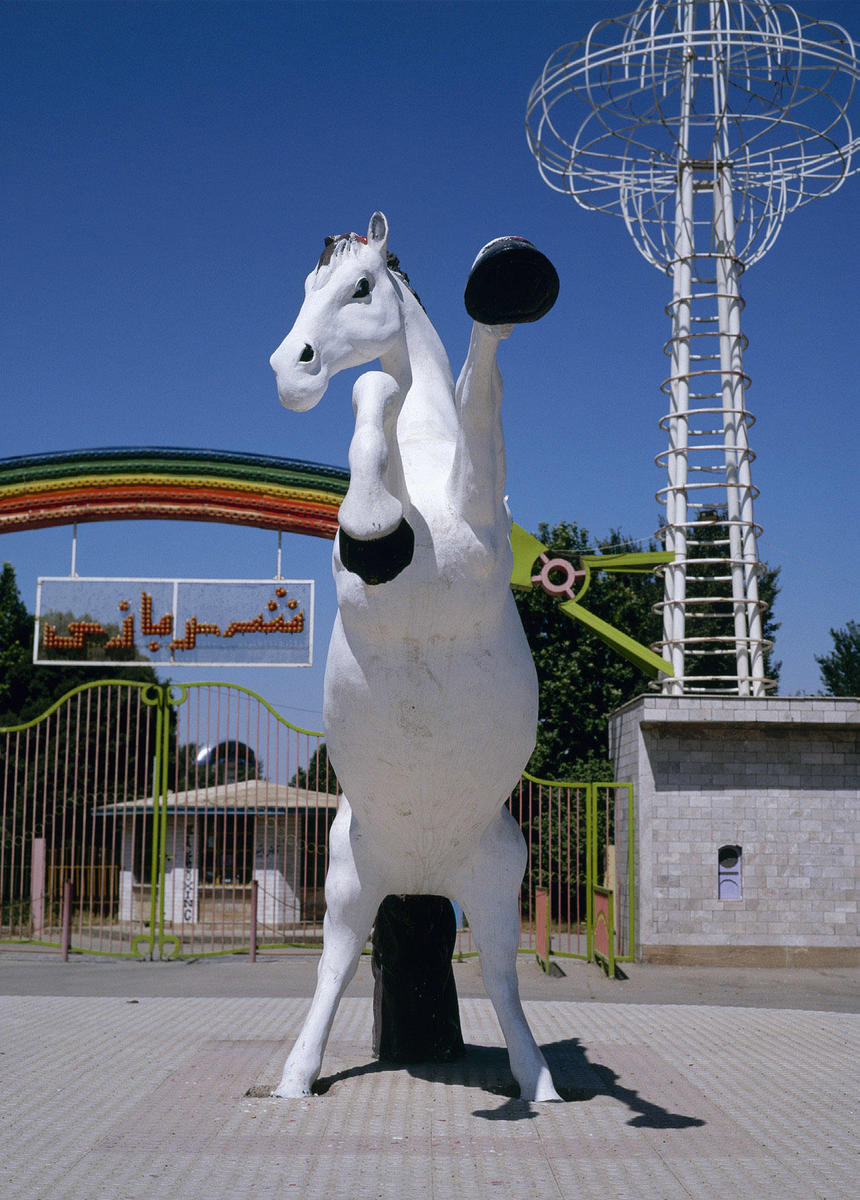
As Kasia was hanging in and around Lodz’s many playgrounds as a child (“We sat around a lot during Communism”), Boy, who today looks cherubic and happy, was being cherubic and happy in Zelzate, a small industrial town in northern Belgium. The other two like to refer to him as a “Martian” and describe his design instinct as “emotional” (in the sense of “Eastern.” Incidentally, his design style may be approximated as new-brutalist).
Payam, in the meantime, was a long-haired jockish teenager in Houston, Texas. Like many middle-class Iranians, his parents had come to the States in the 1970s to become engineers. They stayed in Texas and went into the restaurant business instead (they don’t sell joojeh kabab, though, but rather, Mediterranean food; his mom still does her artwork on the side). When Payam went away to Columbia University in New York, he developed a passion for Russian literature. He spent his junior year studying in St. Petersburg and, a decade or so later, has made the city of Moscow his home. “I meet Kazakhs, Turks, Azeris in the market here. I can buy books in Farsi. I eat sabzi khordan (Iranian green herbs).” It’s that confusion — of time, place, and provenance — that seems to fuel Slavs and Tatars. It also explains why Payam has a Tatar friend named Rostam (a name from the classic tenth-century Persian epic the Shahnameh) who is a billionaire. Or that people in Tbilisi love Mahmoud Ahmadinejad.
But that confusion is also, in a way, counterintuitive. After all, as the East turns West by dint of late globalization, NATOization, even taste, it may seem retrograde to want to name your child Genghis. The Azeri separatist movement wants to Latinize its alphabet. Croatia and Ukraine want to join the European Union. For Slavs and Tatars, geography becomes a metaphor for something bigger, something unwieldy — lost histories, accidents, oversights, mistakes. Geography can also be a provocation, an occasion to think again. For example: Slavs and Tatars love the Kurds, the original castaways. They are less sure about where they stand on the Turks. On their radar, Baku and Tbilisi are hot spots… of sorts (“the new Des Moines and Cedar Rapids”). In the peculiar club they have crafted for themselves, Tamerlane, Alexander Griboyedov, and Ali G are all honorary members.
In A Thirteenth Month Against Time, a limited edition publication that was first shown at Newman Popiashvili Gallery in New York and recently acquired by the MoMA, S&T evoke an ancient Zoroastrian calendar, still used in Iran and Afghanistan, that boasts a thirteenth month. In over thirty-two pages, in bastardized calendar format, Slavs and Tatars tell us stories — all polemical, all curiously intriguing. This thirteenth month — part accident, part culled from history — is not only a lexical drift but also a call for leisure. An extra month is a space in which to think. And so, we have calendar days devoted to a mosque in Tatarstan; an ode to the rear guard (the left is too hip! Le Figaro over Liberation! the Economist over the Nation!); a celebration of Byzantium; and a tribute to the late, great Iranian thinker Jamal El Din Afghani — who alternately posed in Afghan, Arab, and Turkic drag (in musical terms, Slavs and Tatars tell us, he would be a David Bowie or Bob Dylan). They also urge us all to glean leadership secrets from Attila the Hun.
In an earlier project entitled Drafting Defeat, Slavs and Tatars were equally interested in occupying spaces of officialdom, in the form of mysteriously beautiful maps. Carefully reprinted and true to their originals were a series of intricate maps from the tenth century, drawn by Al-Istakhri (born Ibn Khordadbeh or Al Farsi). Found in a 1933 Soviet edition of Nasser Khosrow’s Safarnameh, or Book of Travels, the maps displayed their etchings of the Middle East — Egypt, the Arabian Peninsula, the Caspian Sea. Both Istakhri and Khosrow were itinerant Persian bureaucrats-cum-poets. The maps, one more abstract than the next, looked like a surrealist’s attempt to recreate anatomical drawings.
Language is at the heart of Slavs and Tatars’s practice. Payam, in particular, as the group’s primary essayist, has a way with words. In the project The League of Impatience, for example, the collective designed a poster “on the theme of political equivocation.” The image was taken from a vista in Iran looking into neighboring Turkmenistan. On one side, it reads “Nos Amis Les Enemis,” and on another “You Let Us Steal, We Let You Live.” In their Wrong and Strong series of posters, they seem to point to the staleness of expressions we inherit somewhat passively as part of the cultural scenery, coining slightly absurd, slightly irreverent variations such as “Yankee go home, and take me with you,” and “It is of the utmost importance that we repeat our mistakes as a reminder to future generations of the depths of our stupidity.” Their play on words seems to hint that, much like geography, language is provisional, ever-prone to being hijacked. Here, they play the hijackers.
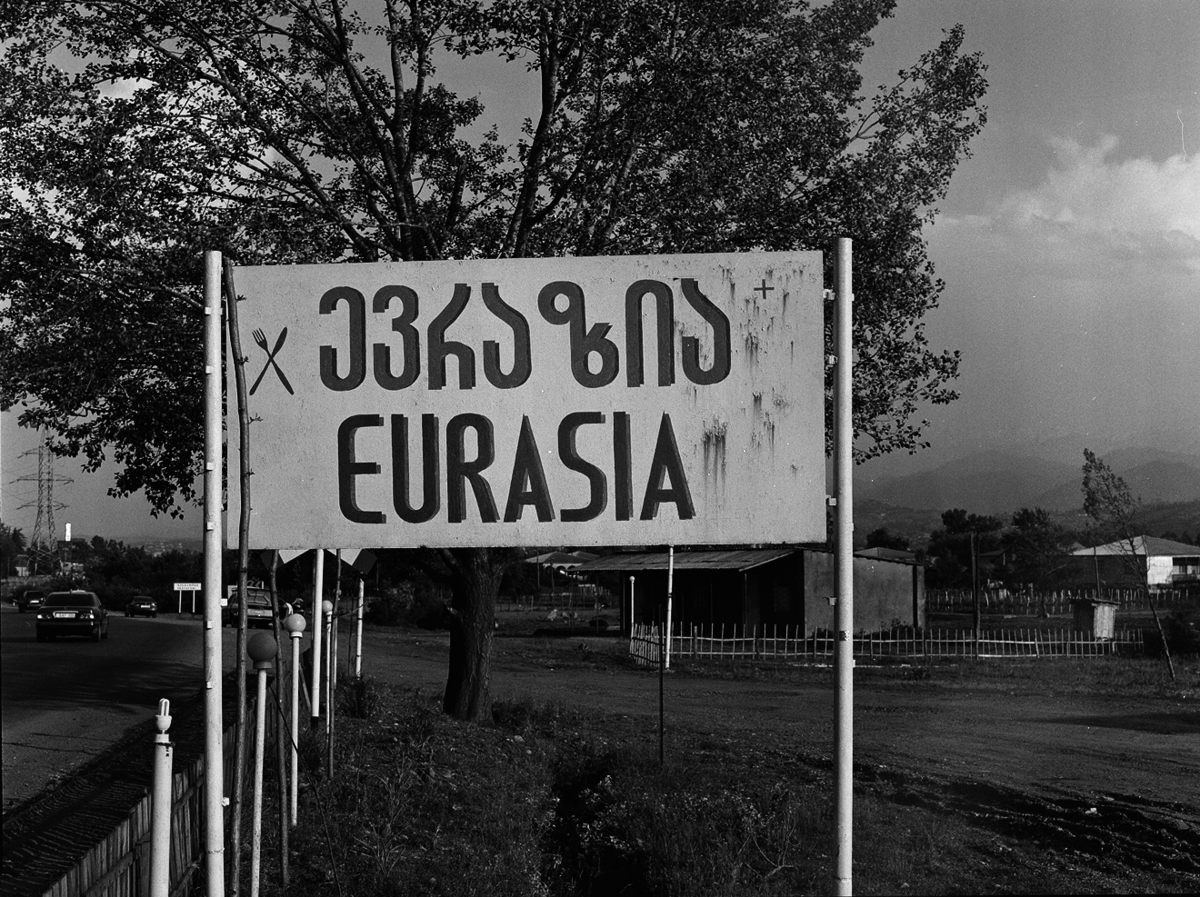
For Manifesta’s latest iteration in the Italian region of Tyrol, Slavs and Tatars created a mammoth wall banner reconfiguring the words from the classic Gershwin song “Let’s call the whole thing off,” as sung by Fred Astaire and Ginger Rogers. In this form, in a Europe that is still fitfully defining what it is and, even more so, what it is not — the lyrics ran:
YOU SAY AUTONOMIE,
I SAY AUTONOMIA,
YOU SAY INTEGRIERUNG
AND I SAY INTEGRAZIONE;
AUTONOMIE, AUTONOMIA,
INTEGRIERUNG, INTEGRAZIONE!
LET’S CALL THE WHOLE
THING OFF!SO IF YOU LIKE EINWANDERER
AND I LIKE IMMIGRANTE,
I’LL BE PRO-EINWANDERER
AND YOU BE ANTI-IMMIGRANTE
FOR WE KNOW WE NEED EACH
OTHER SO WE BETTER CALL
THE CALLING OFF, OFF!
Here, in the heart of Europe, the banner seemed to symbolize a public celebration of contention. They named it The Hymns of No Resistance, Part I.
Which brings us to their latest project. The Pantheon of Broken Men and Women will take the form of a book and exhibition. A pantheon of the upside-down variety, fashioned from a creolized mishmash of monumental materials and styles, from marble to aluminum to glass, it will include the likes of Iran’s foiled Prime Minister Mohamed Mossadegh (a deft CIA coup truncated his tenure), Griboyedov (he had his head cut off by an angry mob over the fate of an Armenian eunuch), and the Soviet Koreans (many of whom were first forced into labor by the Japanese government to work in coal mines in the 1930s and were later deported to the Central Asian states by Stalin, who suspected them of being spies). There is beauty in bad luck. This is an ode to beautiful losers.
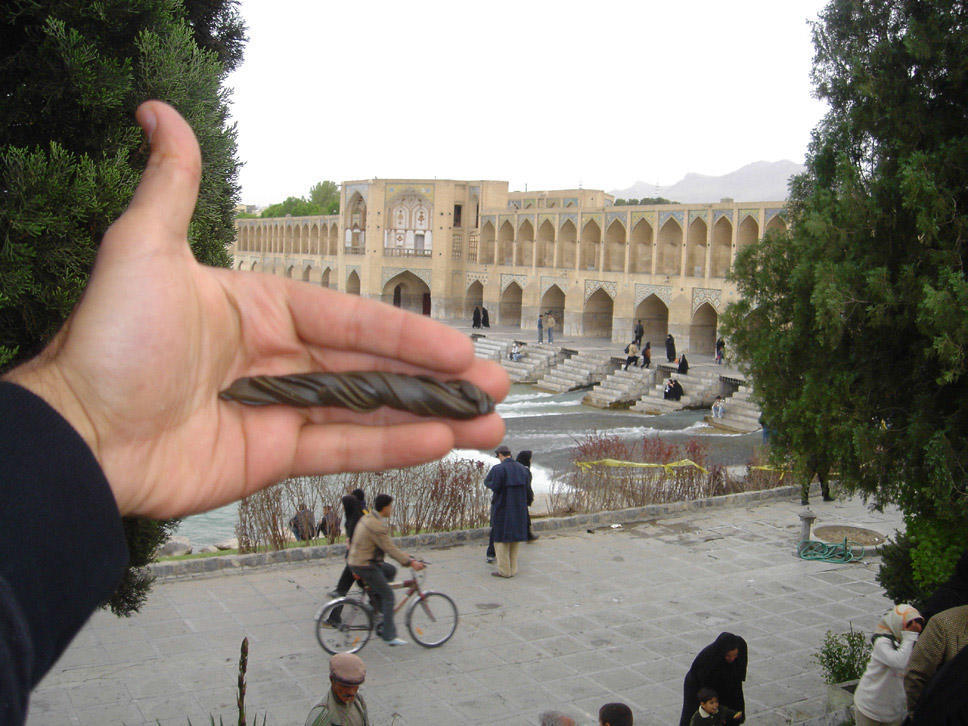
One could, of course, take Slavs and Tatars to task. Their quest to recapture the East just as the East is becoming more Western is, perhaps deliberately, perverse. Sort of like wearing a blingy Khomeini necklace in New York City, or like putting pictures of Hitler’s favorite artist on your wall because the whole thing is so exquisitely kitsch. To use the language of “redemption,” which they have been known to do, is a delicate issue. In one manifesto they announce, “We are caretakers of an unabashedly personal interpretation of a diffuse heritage under siege.” Might they not themselves — Payam, Kasia, Boy, Victoria (a new member, whose mother was once a British spy on Russian cruise ships) — be cultural Mongols themselves, with S&T and the art market as late-capitalism’s latest siege weapons? Certainly, they have sold their work at Colette! Payam collects fancy limited-edition Nikes! They all look like supermodels!
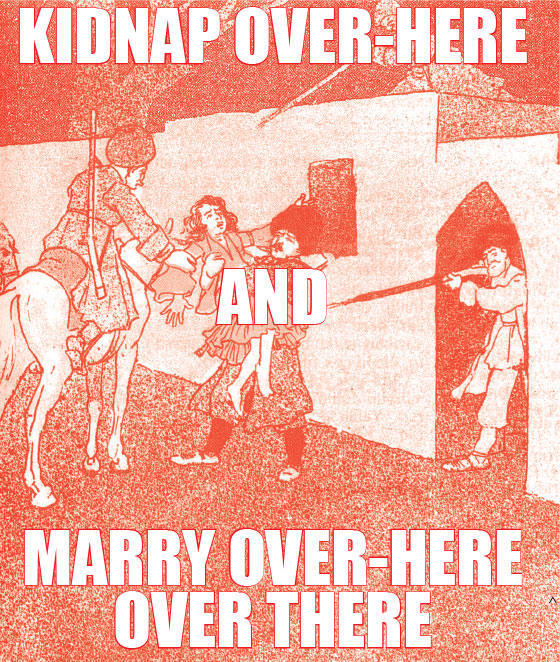
Still, the West has had a worse-than-usual decade, what with environmental lameness, wrong-headed wars, and plain bad style. Contrarianism is not unwelcome, even if it is radically chic. And perhaps in times of pathos and apathy, as we sleepwalk through another set of wars, a bit of pamphleteering, however posh, is not a bad thing.
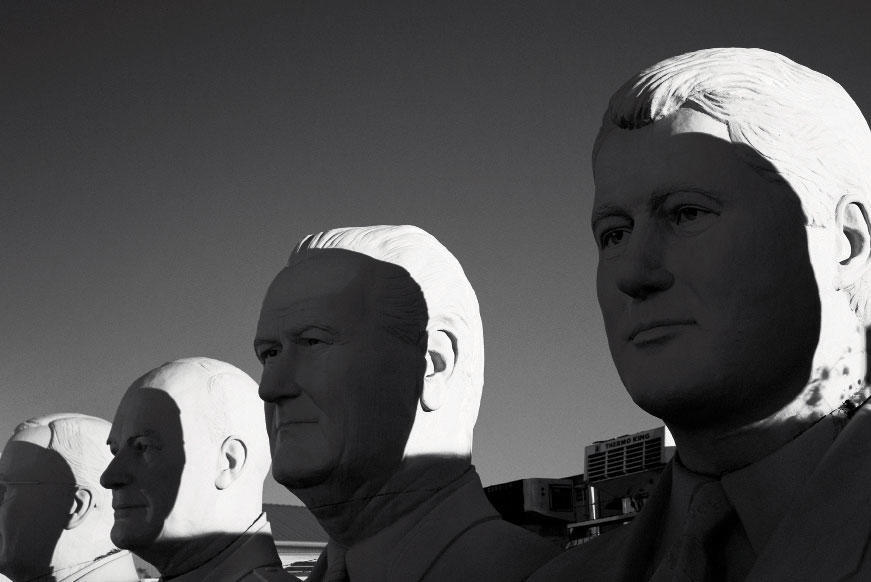
Slavs and Tatars offer, in one of their older manifestos:
When Slavs dream, it is a heavy, almost catatonic dream. One so removed from reality that it redeems the very radicality of what a dream originally suggested: another world, not this one, one where things were not possible but impossibly possible.
It’s cheesy. It’s romantic. It’s a joke.
But maybe it’s also important. And challenge them if you wish, because they can take it.
As they say, “fat-free butter has no place in Slavs’ critical vocabulary.”